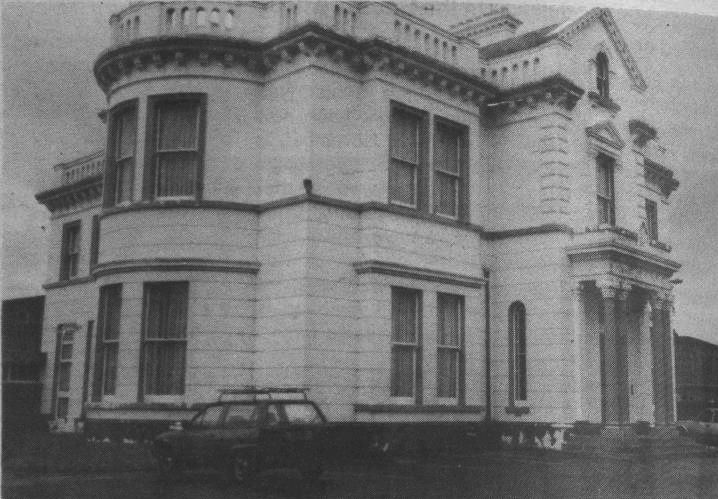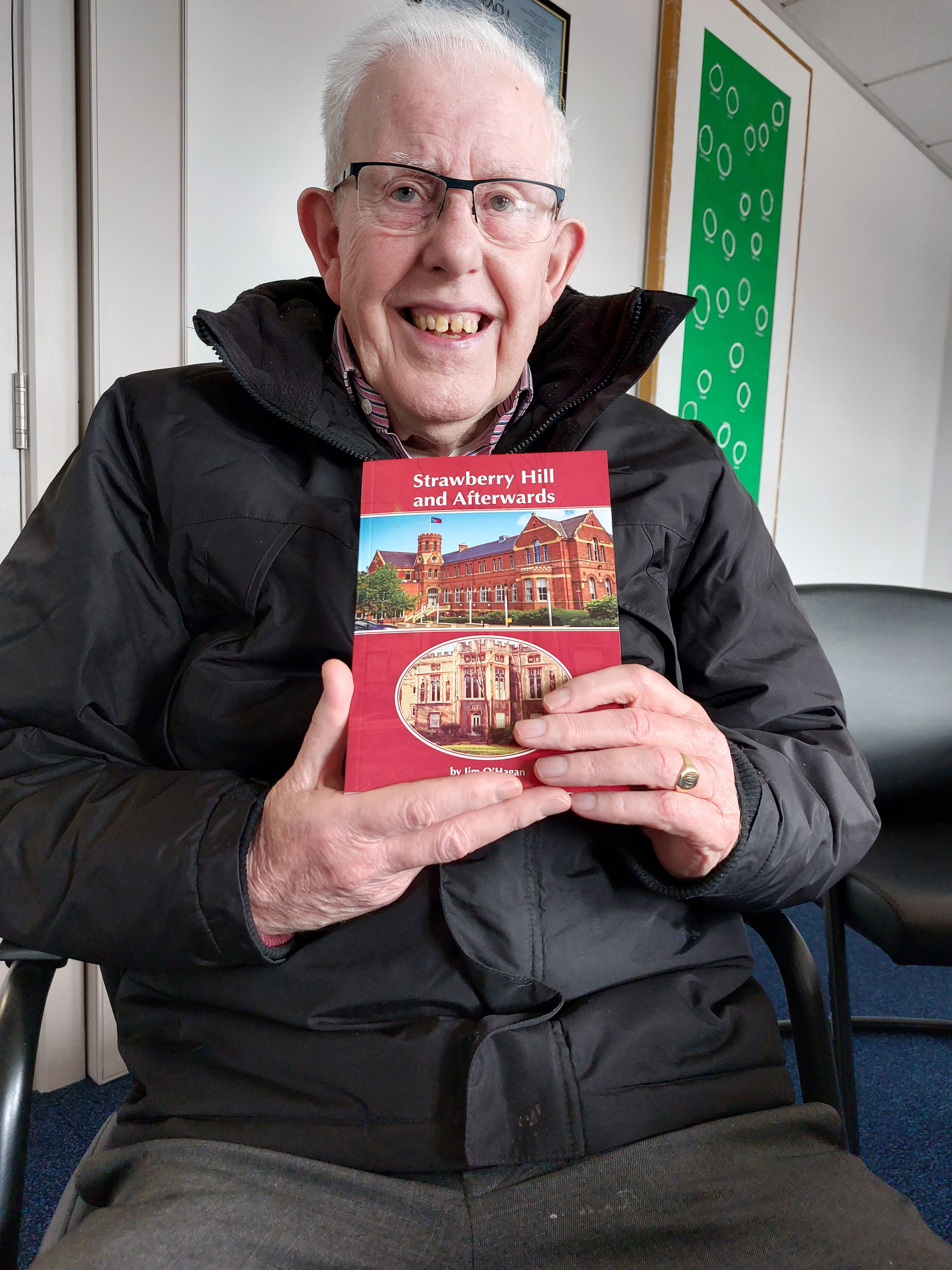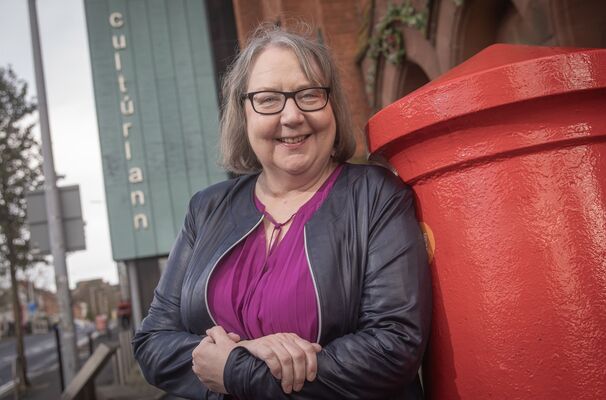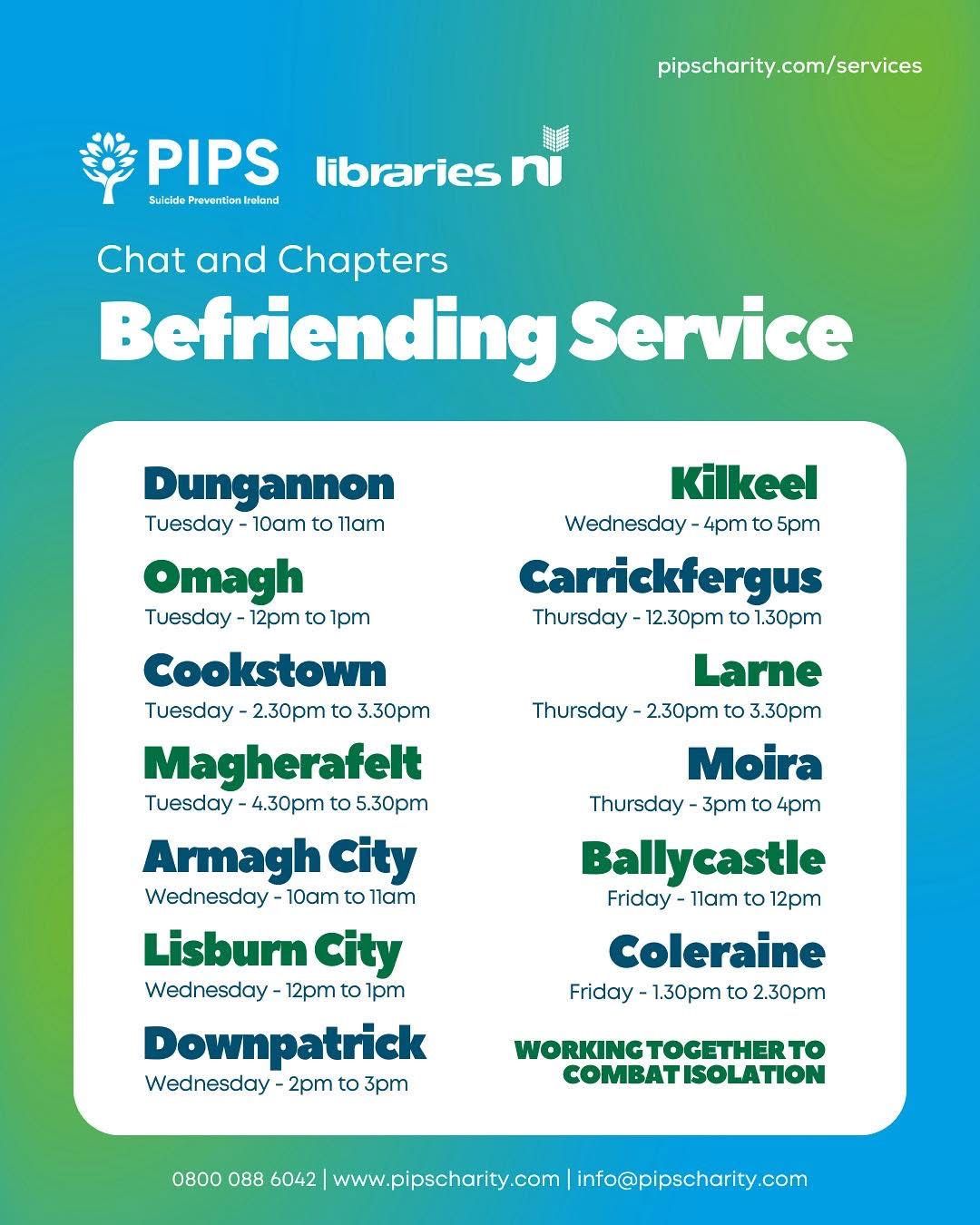A FORMER West Belfast teacher has penned a fascinating new book on the history of teacher training for young Catholic men in the north of Ireland from partition to the present day.
Readers may think that ‘Strawberry Hill and Afterwards’ is a strange title for the book, until author Jim O’Hagan explains its significance. Strawberry Hill was the Catholic college in London where in the 1920s young Catholic men from the newly created state of Northern Ireland were sent to be trained as teachers. For those who would later attend St Joseph’s at Trench House the book features many familiar names of lecturers and students from the college’s 30-year history.
This isn’t Jim’s first book. He has written several in recent years including one about the arrival of the Christian Brothers in Belfast in 1866 and another on the history of the Bishops of Down and Connor.
“I’ve been trying to fill the gaps in history in Belfast and Northern Ireland for a number of years of things that haven’t been written about before,” says Jim.
Originally from the Markets area, Jim taught in St Kevin’s Primary School on the Falls Road and ended up as vice-principal at the school.
He attended St Joseph’s College at Trench House from 1970 to 1973 as a mature student and that piqued his interest in the largely unwritten history of teaching training for men after partition. St Mary’s University College on the Falls Road, where men and women are now trained together for careers in the teaching profession, opened up their archives to him to help with the book.
We can all recall the excitement when student teachers arrived at our school and the hope that one would be assigned to our classroom. As Jim says it meant the "relaxation of the strong discipline that permeated" the school day.
Looking back to the days post partition, Jim says: “There was no training college here and Catholics had to go across to London to be trained,” he says. “That system pertained for 20 years until the end of the Second World War when St Mary’s in London at Strawberry Hill actually turfed the boys out because they had no room.
“A lot of their young men came back from the forces at the end of the Second World War so St Mary’s had to find a space for them.”
Around the same time the American officers were leaving Trench House.
"The premises at Trench House became vacant, the Bishop of Down and Connor moved out of the premises. The American forces had been in there and made an awful mess of the place. And then in 1961 a new training college was built and then in 1986 it partially closed and went back down to St Mary’s [on the Falls Road] and then in 1996 it completely closed.
Trench House, where St Genevieve's High School sits today
“It was a beautiful old house, Trench House, and a beautiful old chapel in the grounds which I write about in the book. It’s a comprehensive history.”
When the new northern state was established 100 years ago Catholic teachers in the North were initially paid by the Dublin government for the first ten months but they couldn’t hold out financially. Before partition Catholic male student teachers across the island attended colleges in the south, but with the political upheaval and trouble, Jim says those avenues were closed off. In the new northern state Catholic authorities refused to take part in the framing of any education policy. The Stormont government would eventually pay Catholic teachers’ salaries and fifty per cent of running costs of cleaning and lighting schools, but not new builds.
Many of the older teachers who readers may remember from the 1960s and 1970s were trained at St Mary’s in Strawberry Hill in London.
Looking back to the formation of the state, could Catholic male students have gone to a mixed Stranmillis College in the 1920s?
“Well they could have, it’s not nearly popular to say that,” says Jim. “When you think of the more enlightened attitude there is today and the more mixing there is today, the opportunities were there but then you had that awful, awful pogrom in 1920, ordinary working-class people being slaughtered so there was no real chance of any real visionary enlightenment taking place.”
Strawberry Hill and Afterwards is printed by Trimprint Ltd and priced at £9. You can get a copy of the book by phoning Jim on 02890 617116.







